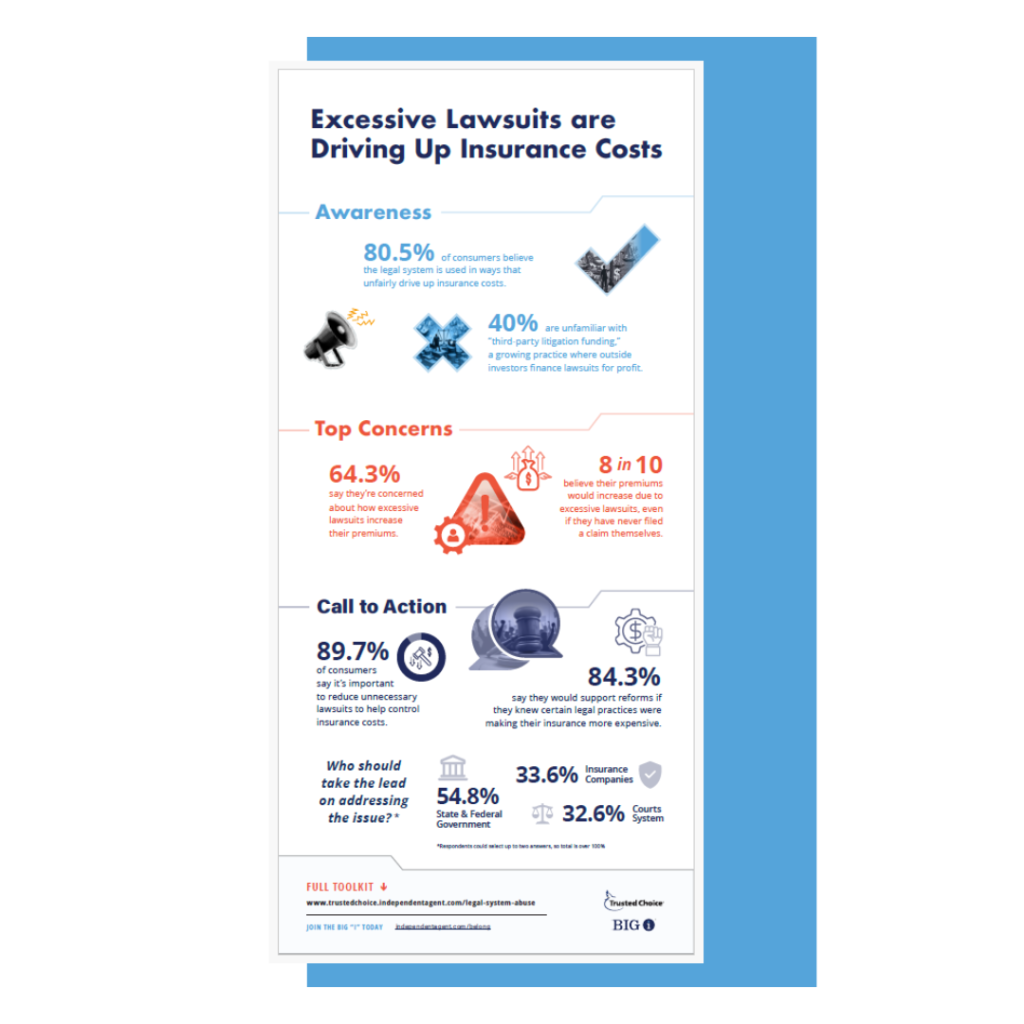Back to Basics – Why Do Insurance Policies Have Exclusions?
Every insurance policy has exclusions. In this article, we discuss the six main reasons for policy exclusions. This article covers those reasons and provides a few warning tips for insurance agents regarding disclosure of exclusions to policyholders.
|
Exclusions are “provisions” in an insurance policy that outline the following not covered by the policy.
A policy “provision” is simply wording or clauses within any policy that outline the reasons the insurer provides or does not provide the coverage. You’ll find policy exclusions usually in the cause of loss or coverage forms in the various policies, or in a separate section of each policy under the heading “Exclusions.” Insurers use exclusions to reduce their risk and to avoid paying claims either for uninsurable losses such as certain catastrophic losses such as war, or to avoid paying losses for claims best covered under other policies. For example, the commercial general liability (CGL) policy does not cover injuries to the insured’s employees because workers’ compensation coverage is the policy that specifically tailors and provides coverage for those types of losses. Your insureds may ask you why a certain exclusion exists in their policy. In some cases, you can recommend other coverage. The six reasons we outline will fit almost any example of why the insurer added the exclusion. For example, the CGL policy excludes employment actions, for example, protection for an allegation of a wrongful termination. These are professional liability losses and need special investigations and unique coverages. However, you can remedy that exclusion by offering your insured employment practices liability coverage, and documenting that offering if they refuse to purchase it. Some exclusions, however, you cannot remedy. For example, most policies exclude intentional acts of the insured. There may not be a remedy for that exposure when an insured acts with malice. For example, your insured has a fight with a neighbor because the neighbor comes onto the property to pick fruit off the insured’s tree. The insured sets a trap for the neighbor, who is seriously injured and files suit against your insured. Insurers do not intend to cover these types of intentional acts, nor is there any policy on the market that would cover your insured. Exclusions exist to keep insurance affordable, because if the homeowners policy covered every risk without exclusions, it would be too expensive to insure the broad band of policyholders who need the coverage. Six Primary Reasons for Policy Exclusions Let’s review the six primary reasons for policy exclusions. 1. Another policy better covers the peril or property. As in the example above regarding the CGL and employment actions, there is another policy that covers the situation – the peril or property – by another policy. Earthquake is another peril excluded in property policies, best addressed by offering separate earthquake coverage. 2. The loss or damage is catastrophic in nature. To be insurable, a risk must be “particular” in nature. Particular means particular to the insured, not affecting a large portion of the population. For example, an insurer would exclude damage from a nuclear release because it would affect a large swath of the population and hence not be particular to just one insured. 3. The loss or damage is not accidental or unforeseen. This is where the intended acts of the insured come in as an exclusion. While in the CGL there is no exclusion for “intentional acts,” there is an exclusion for expected or intended injury. If you intend the outcome of an injury, the carrier may exclude that act, for example if the insured gets in a fistfight with an angry customer. Self defense may make the act insurable. It’s a fine line and requires a unique claims investigation and sometimes even an outcome of a criminal action before the courts affirm or deny coverage. 4. The insurance carrier is willing to provide coverage; they just want more information and more premium. Insurers design standard policies for the average consumer. However, virtually every client has some unique exposures. Sometimes carriers are willing to offer that coverage, for example, higher limits on law and ordinance coverage. Then they can more closely underwrite and rate the coverage appropriately. 5. The insurance carrier wants to control the amount of coverage granted. There are exceptions to some exclusions, but insurers want to limit the amount of coverage they do provide. For example, when a property policy excludes collapse, they will often provide a “however” amount of coverage for certain types of collapse. It’s easier for the carrier to take away coverage and then give it back for certain types of collapse. This is common in the CGL with contractual liability, as well. They give back coverage only for the types of contracts they’re willing to coverage, such as a lease agreement. 6. The loss is the result of a “speculative” or business risk. Carriers design policies to provide coverage for pure risk. With pure risk, one of two things happens. For example, a house either catches fire or it does not catch fire. This is what insurance intends to cover. With speculative risk, something bad or nothing may happen, or the insured may actually gain. Insurers do not design standard insurance policies to cover speculative risks. These are the six primary reasons exclusions exist. They are a necessary component of the policy. Best Practices for Managing Exclusions It’s important that you review exclusions with your insureds and especially important when you switch insurers that you point out any new exclusions not on the previous policy. Often when you move coverage from Insurance Services Office forms to proprietary forms, exclusions or exceptions to exclusions change. In many cases, reviewing the exclusions provides you with an opportunity to sell the appropriate coverage. Last Updated: January 5, 2024 |
Copyright © 2025, Big “I” Virtual University. All rights reserved. No part of this material may be used or reproduced in any manner without the prior written permission from Big “I” Virtual University. For further information, contact nancy.germond@iiaba.net.









